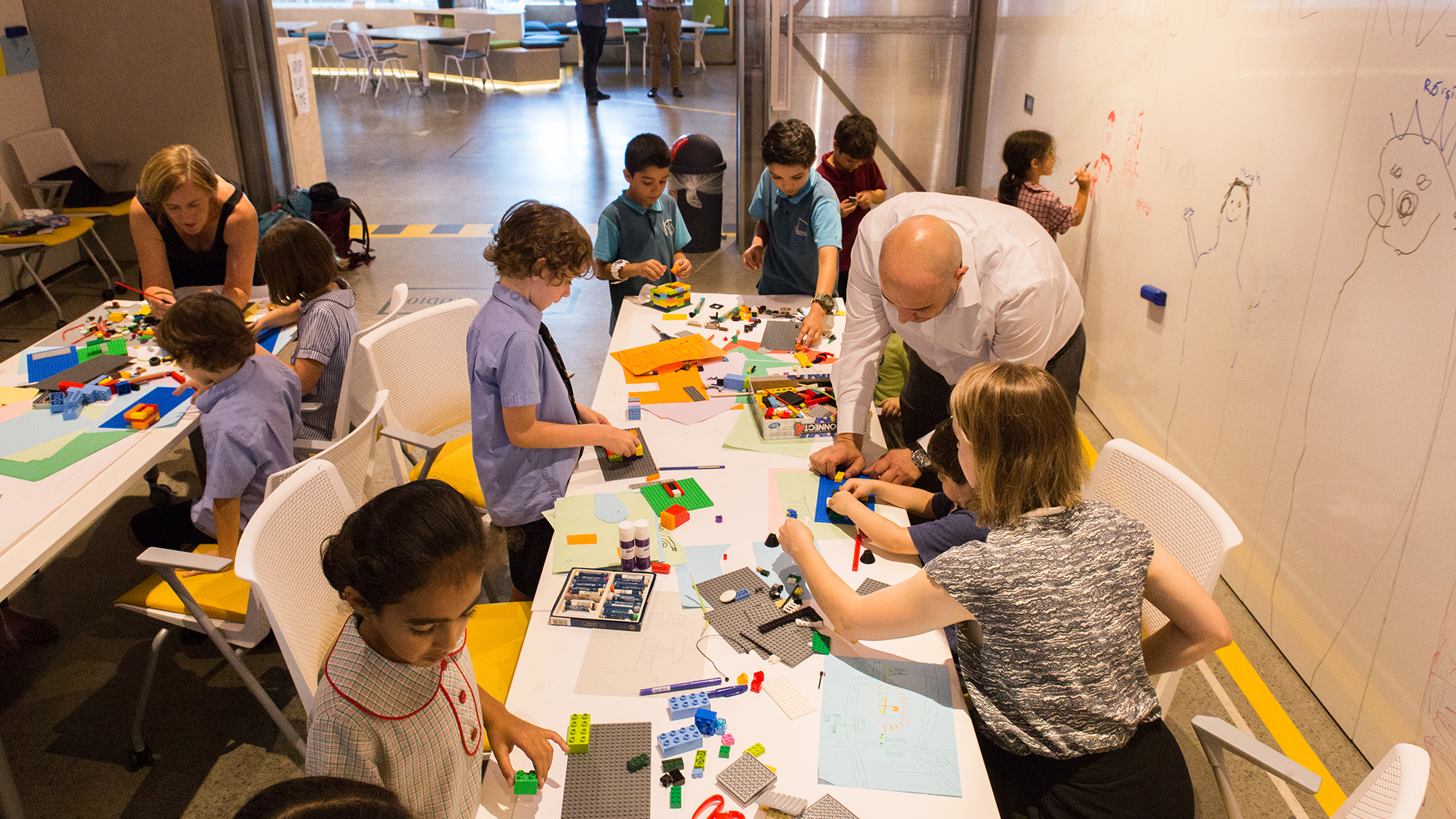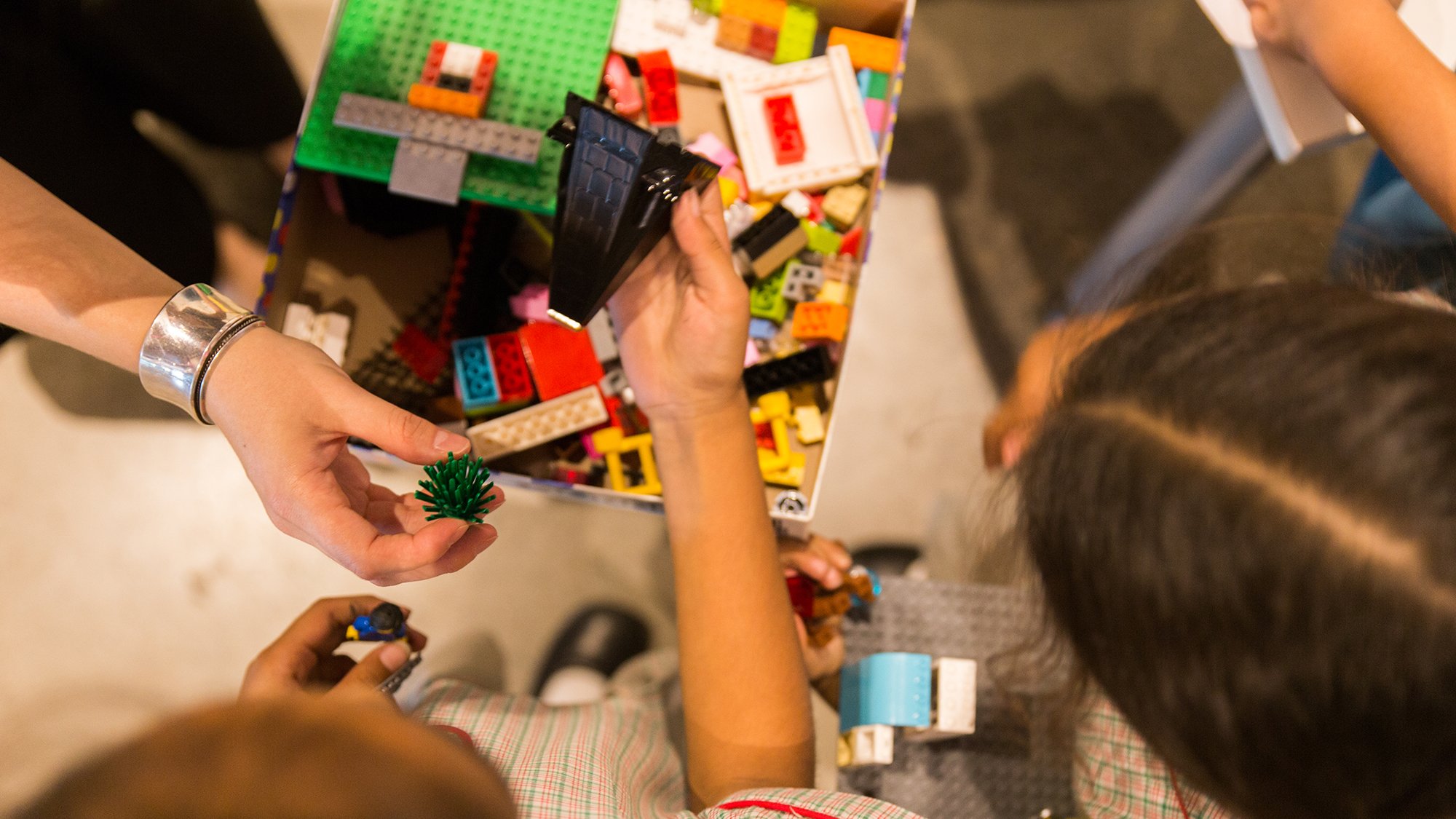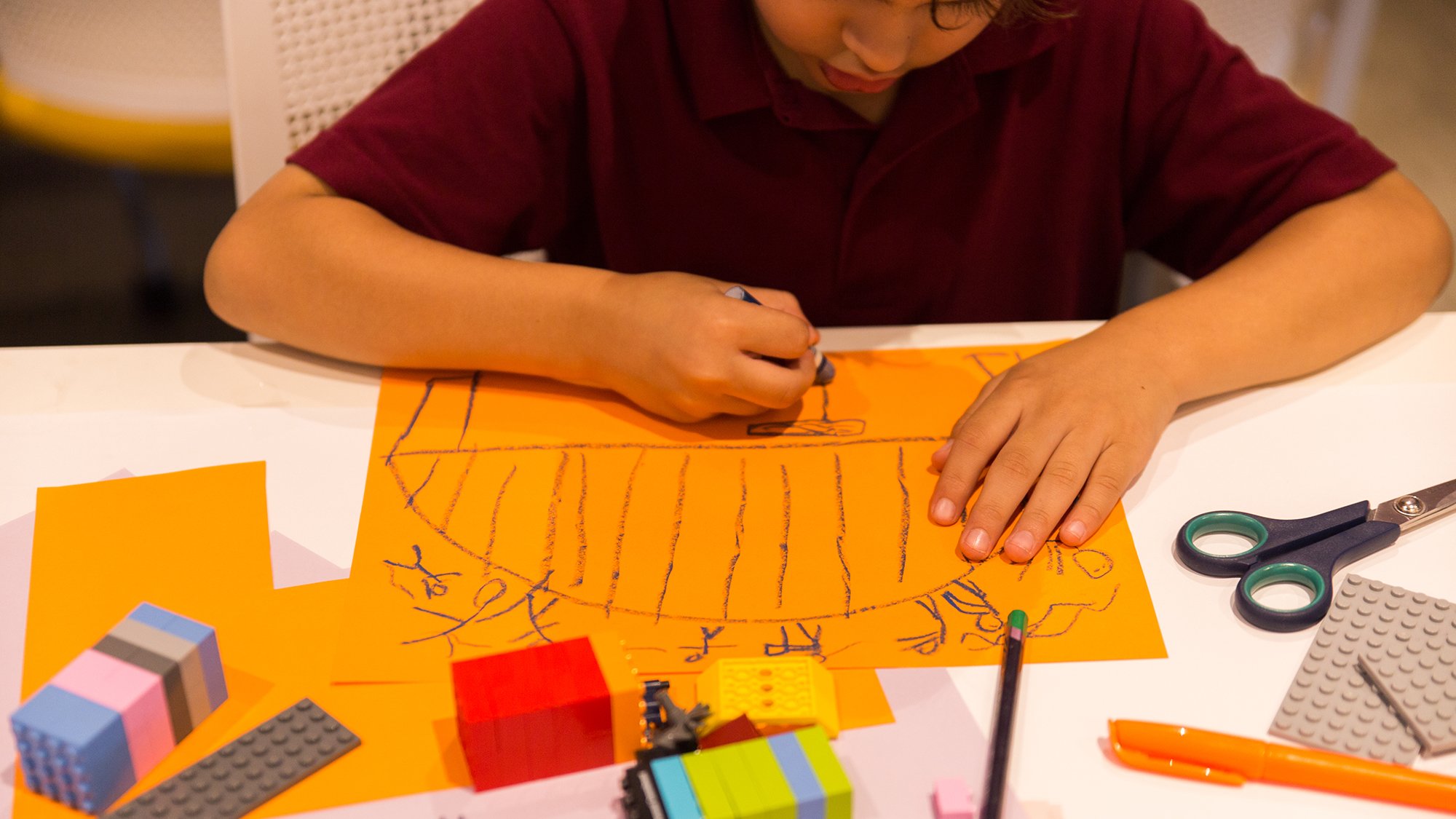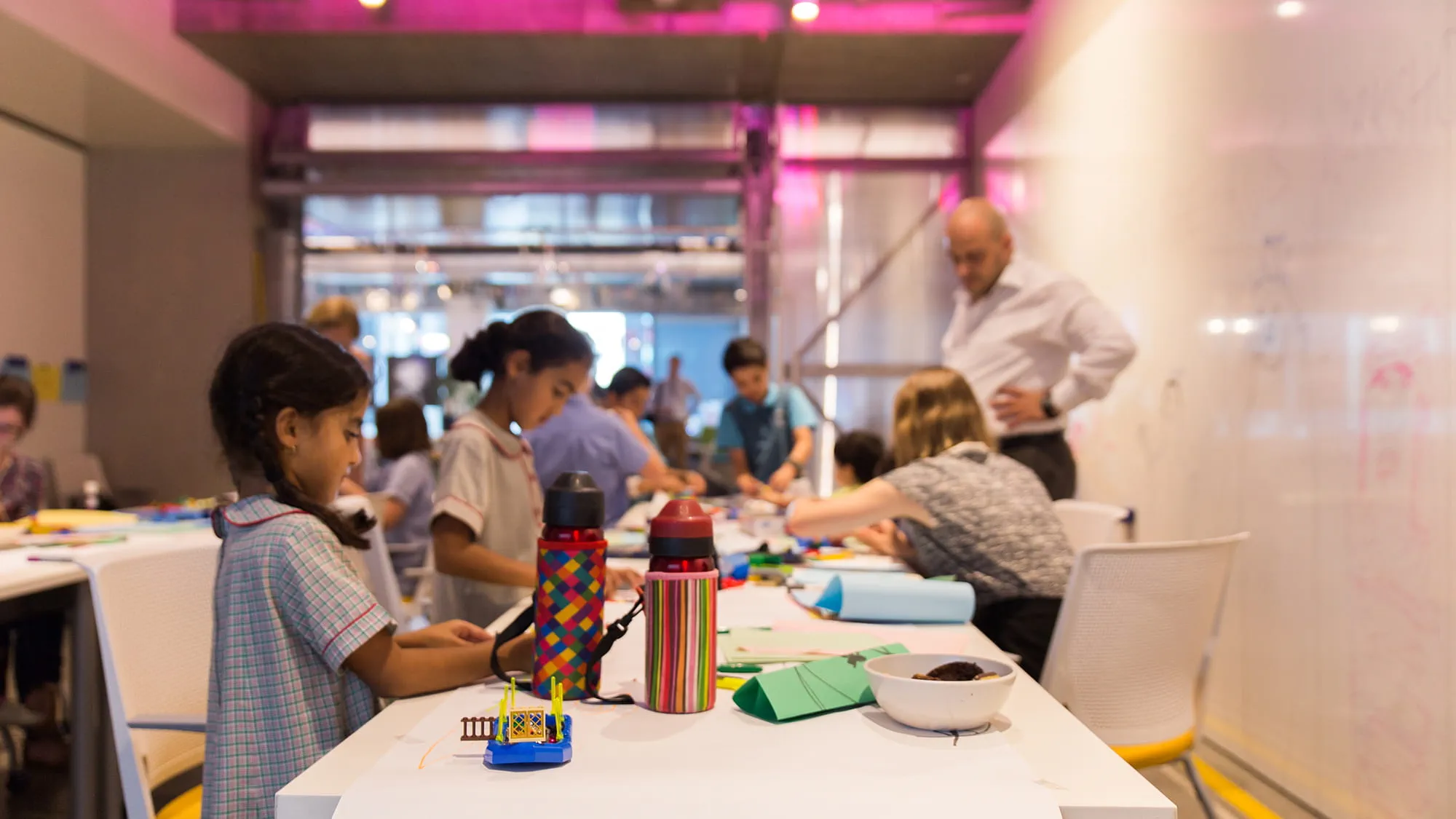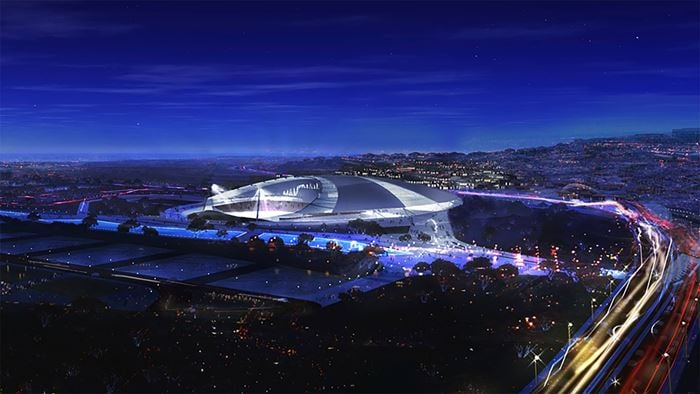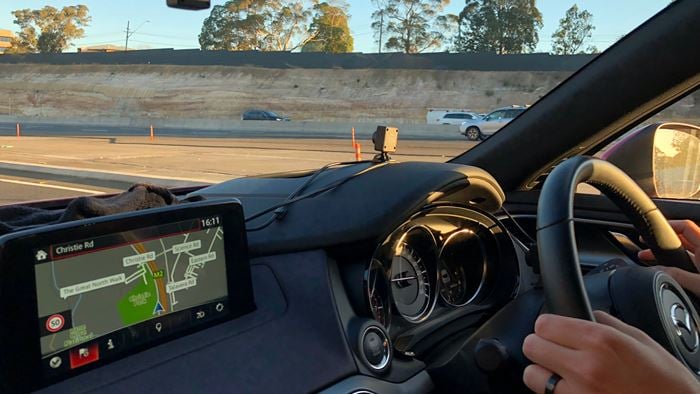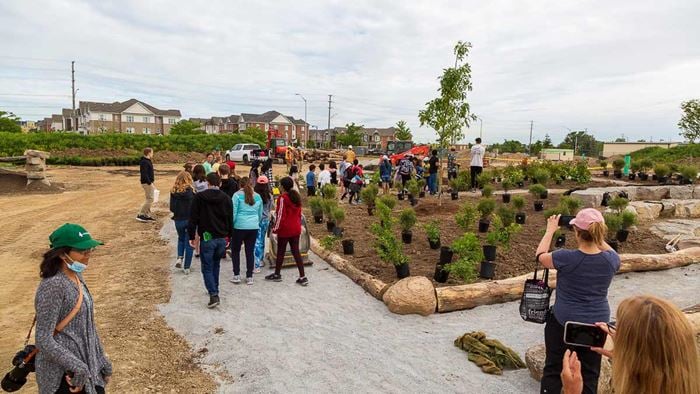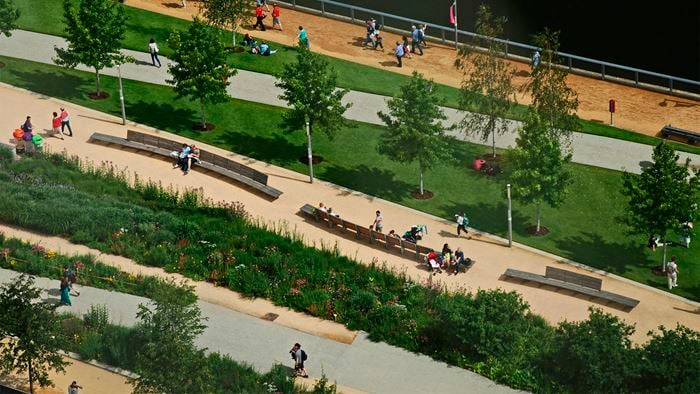As our cities densify, diversify and become challenged by affordability and space, they must adapt to meet changing uses and purposes to accommodate business people, singles, men, women, families and more.
Placing a child-like lens over our view while planning for cities may seem frivolous for some. We have grown up continuously told to look forward into our future as we forget our past. Yet as our cities grow and change to accommodate more residential and mixed-use developments, it is important to consider the streets and public spaces for our youngest dwellers. Our adult mindset recognises the need for an increase in schools and childcare services within our city lifestyle, but have we considered the desires and requirements of children for their new backyards and activity centres?
We recently held a drop-in session for Arup staff in Sydney to tell us what makes a child-friendly city. Unsurprisingly, the key takeaways were access to schools, activities, safe walking paths, pedestrianised streets and a connected public transport network.
Playing with lego we asked the kids to create buildings and places of interest. There were three different jails, a plane with a treasure chest, references of war, an office, and interestingly a series of interconnected and colour-coded floating buildings from a young girl who had the opportunity to live in Amsterdam so understood different travel modes. The most intriguing creation involved a power station that was monitored with a chicken leg that turned when full.
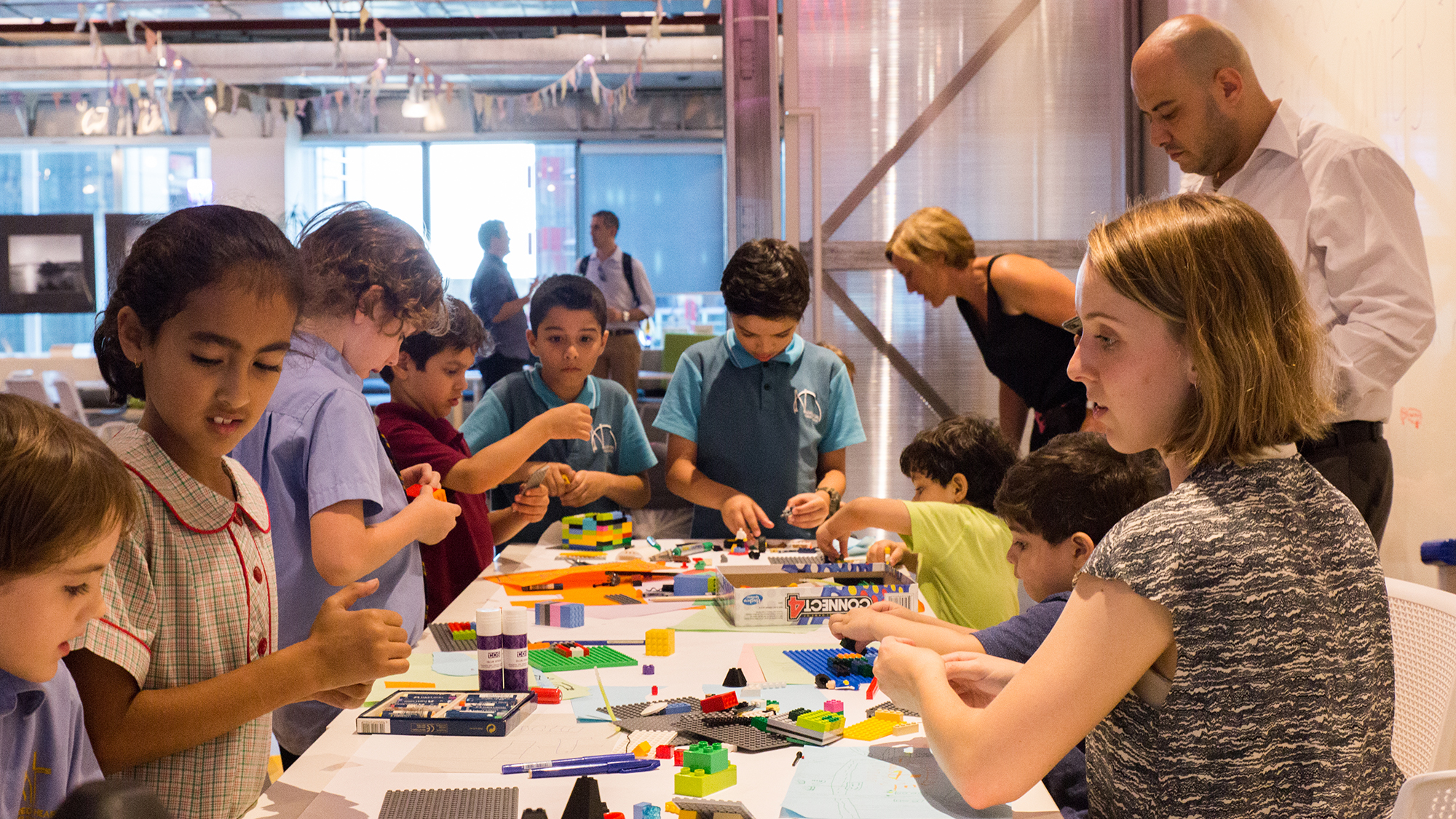
The children all had beautifully unique and intriguing stories behind their creations. The workshops provided a plethora of ideas to continue with our research. We felt so lucky to interact with the beautiful, open and creative minds in the workshop. We were reminded that cities are no longer centralised business districts for which they were once created; they are people’s backyards, grocery stores, gyms and playgrounds.
When designing our cities, more allowance for open space and space between buildings may be the best way to allow children to explore safely and engage with environments away from the dangers of a city.
Cities of today must work with the fabric of their original form, and adapt to meet the requirements of the people who are its inhabitants.
As we move into cities for jobs and convenience or as we pass through them on our holidays, and as we bring our children into these places, we are increasingly aware that these dense, urban environments require adaptation to be safe and friendly for both adults and children alike.
Our final workshop session will ask a select group of kids more targeted questions about their ideal city. Our Cities Alive: Designing for Urban Childhoods publication is available for everyone to download. Here we share the content and inspire place makers, city shapers and parents who strive to deliver spaces in the cities for young minds to explore.
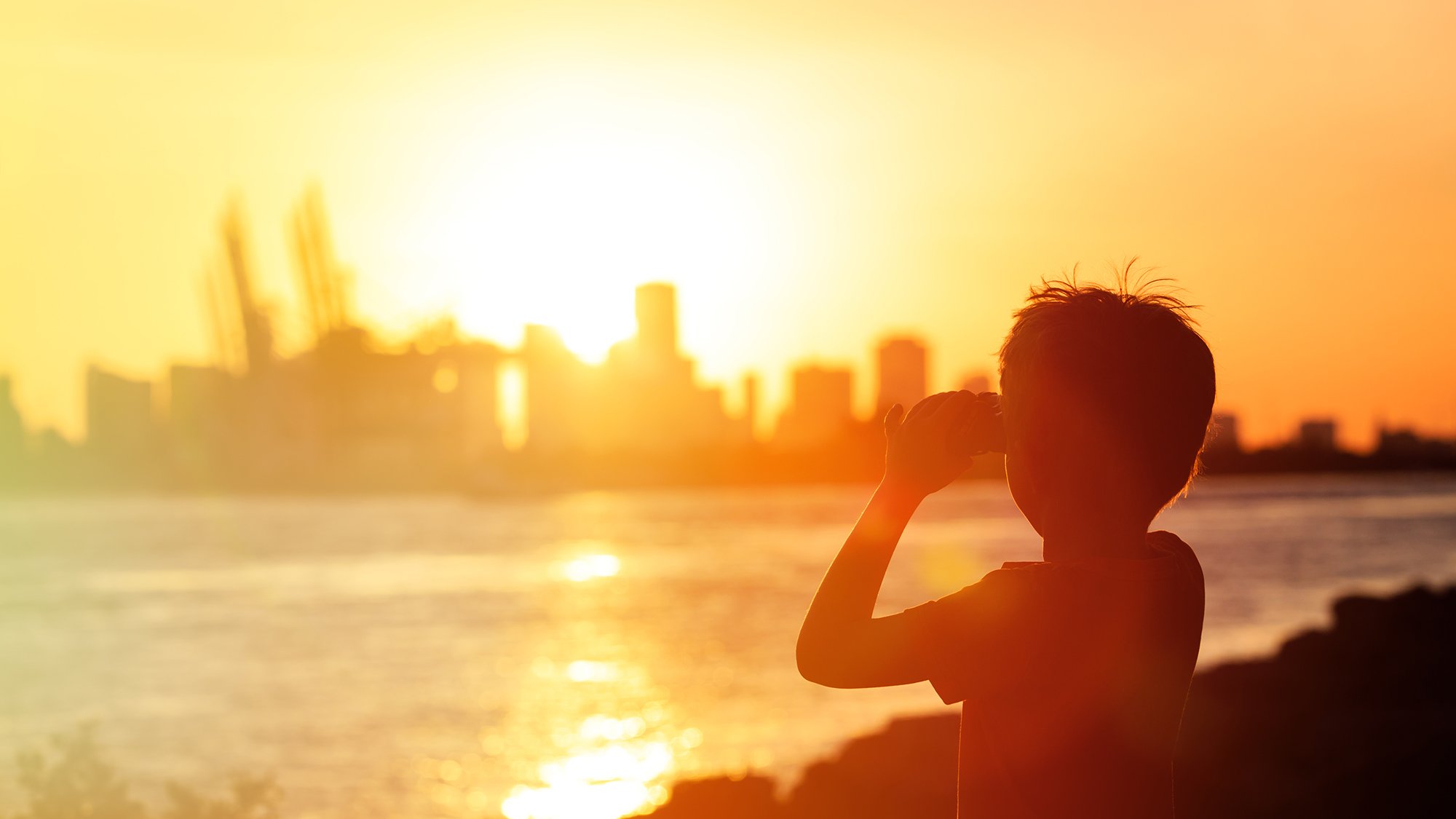 ;
;
